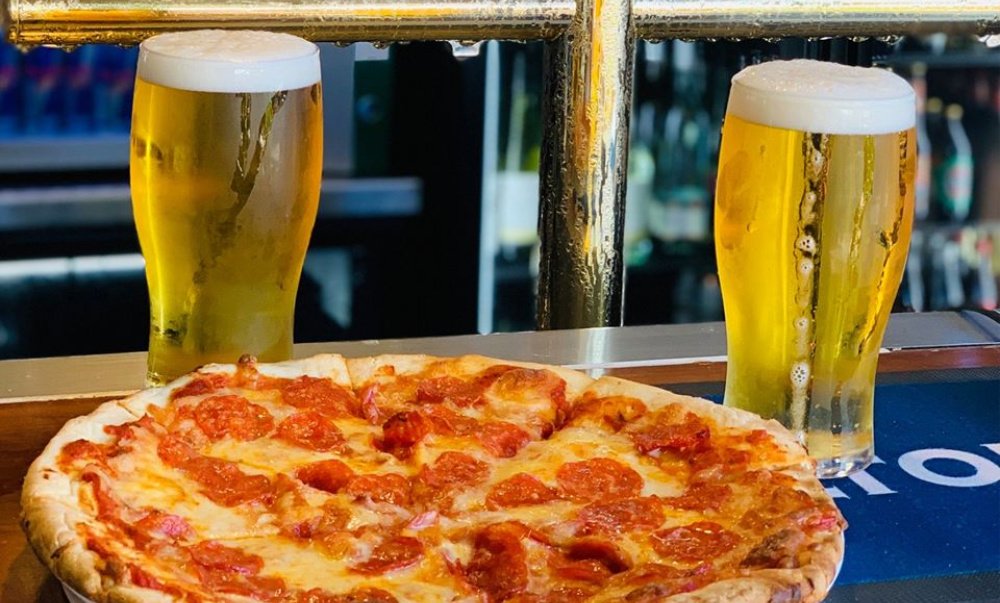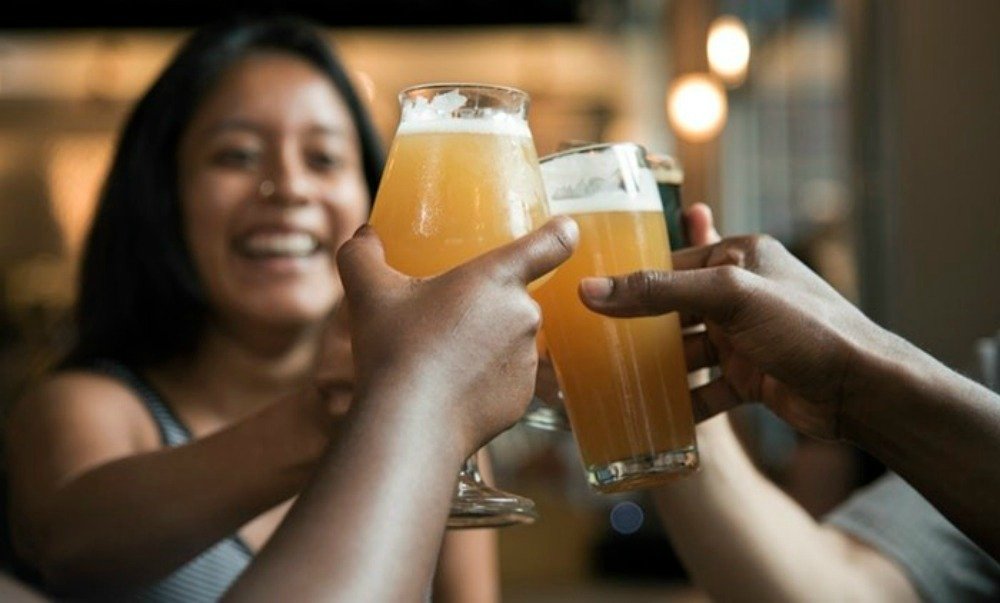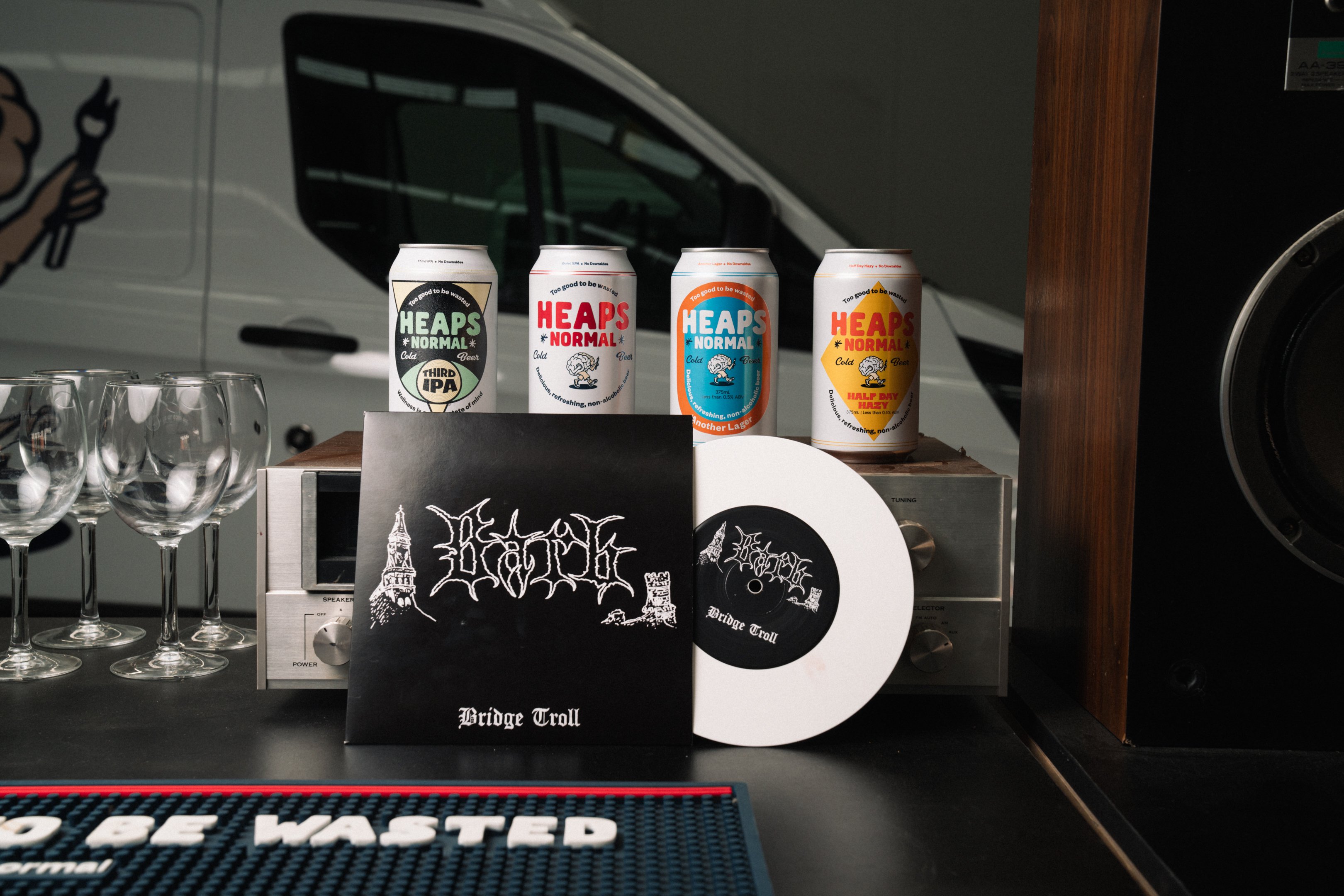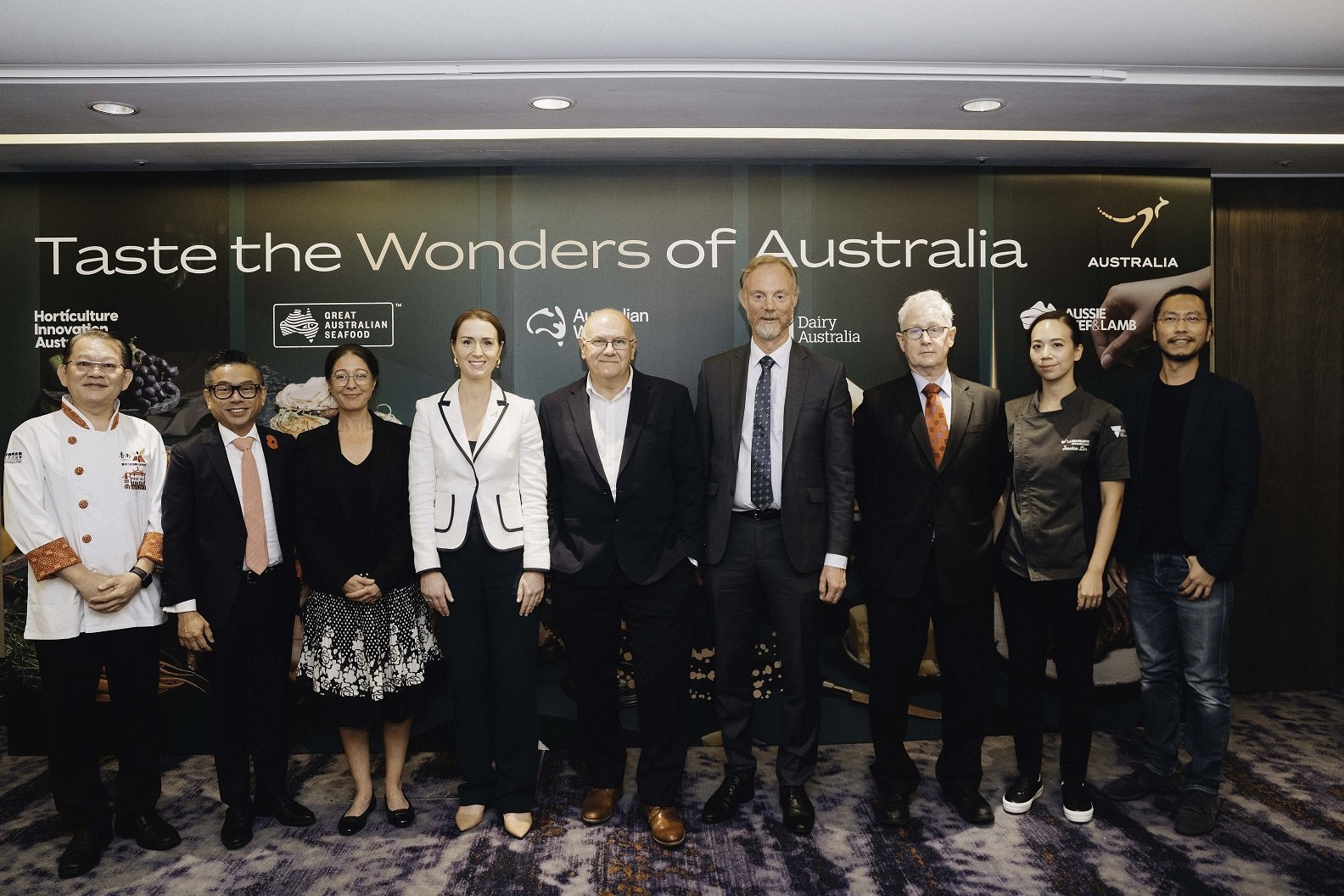New data from Australian Institute of Health and Welfare’s (AIHW) 2019 National Drug Strategy Household Survey shows Australians are drinking more responsibly than ever before. The findings revealed the vast majority (83.2%) of people are drinking moderately or abstaining, a 4.2 percentage improvement from 2001 and the highest on record.
They also show:
- Australians are increasingly abstaining from alcohol altogether, with 20.9% of legal age drinkers choosing not to drink in the previous 12 months, a statistically significant increase from 2016 (19.5% abstainers).
- Our youngest cohort of drinkers (people aged in their 20s) are drinking more responsibly than any generation before, with 62% consuming four standard drinks or less on one occasion in a month in 2019, compared to 49% in 2001.
- They are also abstaining more, with 22% of people in their 20s avoiding alcohol, compared to 8.9% in 2001.
- Teenagers are also heading the message about drinking moderately. In 2001, 60% of 14–19 year olds stayed within the single occasion risk guidelines (no more than four standard drinks on any one occasion in a month), but this rose to 80% in 2019. Over the same period, the proportion who stayed within the lifetime risk guidelines (less than two standard drinks a day) rose from 80.2% to 94%.
- There are fewer underage drinkers than ever before, with 72% never having had a drink before turning 18, compared to 44% in 2001.
- The age of first drink has also gone up from 14.7 years old in 2001 to 16.2 years in 2019,
- Pregnant women are increasingly abstaining from alcohol all-together, with a rise in abstinence from 40% in 2007 to 65% in 2019.
DrinkWise CEO Simon Strahan said: “It’s reassuring to see that Australians are making better choices when it comes to their alcohol consumption. Of significant importance is the increase in abstinence by pregnant women, increasing from 55.6% in 2016 to 65% in 2019 and the vast shift in abstinence among minors over the last decade, from 39.1% in 2007 to 72.5% in 2019.
“While these figures clearly show we’re heading in the right direction, it’s important that we understand why some “at-risk” Australians are still choosing to drink, in order to reach 100% abstinence rates for these groups,” added Strahan.
Importantly, those drinking at risky levels has also seen a decrease from 17.2% in 2016 to 16.8% in 2019 for lifetime risk and for single occasion risky drinkers, a decline from 25.7% in 2016 to 24.8% in 2019.
As a nation, these results show that Australians are choosing to adopt healthier and safer drinking behaviours and taking notice of how much and how often they are consuming alcohol.

Alcohol Beverages Australia Chief Executive Officer, Andrew Wilsmore added: “These significant results confirm that our drinking culture has permanently changed for the better with drinking in moderation the new norm.
“A huge cultural shift has taken place in Australia. We are now more likely to intervene when someone is binge drinking or not in control, whereas a few decades ago, they may have been cheered on.
“Beer, wine and spirit producers and retailers have invested heavily on a range of initiatives aimed at improving Australia’s drinking culture and it is pleasing that these programs are having a positive impact.
“Through DrinkWise, the sector has been targeting parental behaviour and peer group influence. Retail initiatives such as ID25 (asking for ID if you look 25 or younger) and Don’t Buy It For Them (stopping others from buying alcohol for the underage) are clearly aimed at stopping underage drinking. The Alcohol Beverages Advertising Code Scheme ensures marketing meets community standards and does not encourage excessive consumption or appeal to minors. The pregnancy pictogram carried on three out of every four products in the liquor shoppers basket informs women not to drink while pregnant. The survey results show these initiatives to have been highly successful.
“While these results are positive, more needs to be done. More pronounced harmful consumption still occurs in some areas and certain age groups and we are committed to working with governments and local communities to address this in ways that are meaningful to those at risk.”
To find out more about DrinkWise education programs, campaigns or research, visit www.drinkwise.org.au
Share the content










